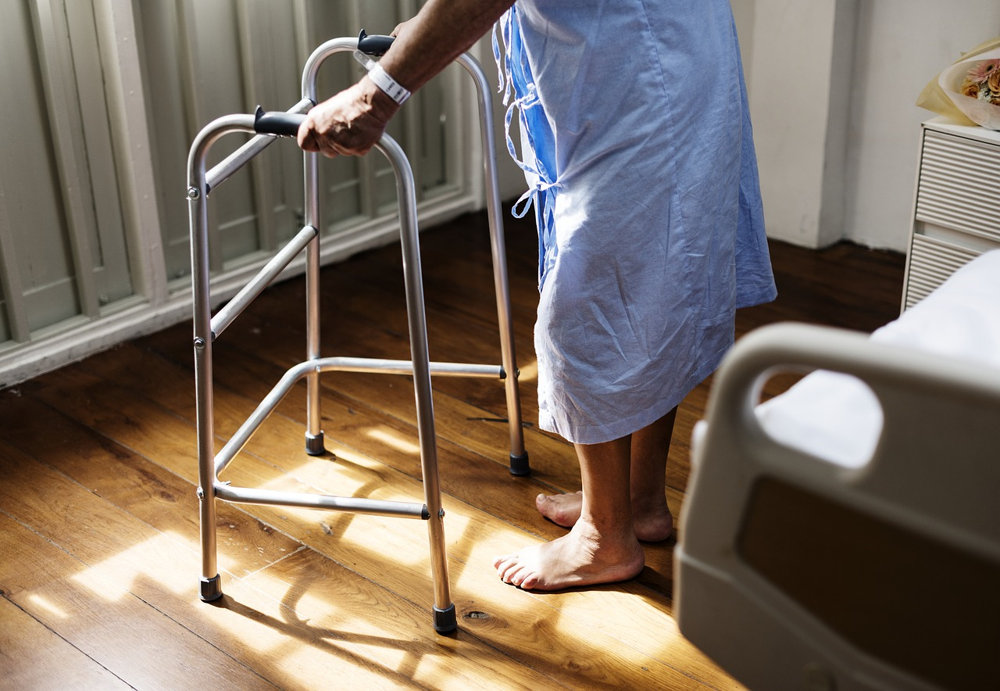Ewing’s sarcoma is a somewhat a rare type of tumor, which usually develops in children and teenagers but can also occur in young adults[1]. It comprises 1% of the total childhood cancers but is often diagnosed due to its pronounced signs and symptoms.
These signs and symptoms help in forming a major part of an early diagnosis and include:
Intense localised pain
Pain often marks one of the earliest signs of Ewing’s tumor as they tend to grow and expand within the body. Ewing’s sarcoma most commonly occurs in the area of the pelvis, chest and the legs affecting the hip bone, ribs or shoulder blades and the middle of long bones, respectively. So, localised pain will be most commonly experienced in these areas as the tumor expands within the bone. Since Ewing’s tumor initially involves a single site, pain will only be felt in that particular area and will be specific in nature[2]. If other sites are involved, pain will also be experienced at those sites.
Sometimes, even a generalised pain can be experienced, which will lead to a feeling of fatigue or tiredness, particularly on exertion[3].
Recurrent fractures and marked bone pain
Children often get injured during playing or running, and even develop fractures. However, fractures of the bone without a known etiology or repeated fractures and marked bone pain are classic symptoms of Ewing’s sarcoma. As you visit your doctor for the treatment of fractures, there is a chance that Ewing’s may be diagnosed if present. So, it is important to not ignore intense bone pain in children.
Presence of a swelling or a lump
As Ewing’s sarcoma continues to grow within your body, swelling or lumps formation will be seen, which will be soft and tender to touch. Usually, these swellings are noted in the area of the arms or the legs and feel warmer than the surrounding. It is uncommon to notice swelling in case of a chest or a hip bone tumor unless it progresses to a very advanced stage. Also, very rarely swelling of lymph nodes will be seen when the cancer progresses to a very later stage and there is an involvement of lymph nodes. Thus, it is important that you do not rely on noticing a swelling before you suspect Ewing’s in your child.
Soreness of the skin
Children develop sores and bumps quite commonly while playing but as soon as they appear, these bumps also tend to resolve easily. If your child develops sores or bruises quite often or if these bumps do not go away or at worst tend to worsen with time, it is important that you consult a doctor immediately.
Shortness of breath
While swelling is not commonly noted in case of chest tumors, shortness of breath is a common symptom, which can be accompanied by dyspnea, that is, a feeling of pain while breathing.
Generalised feeling of weakness
Due to tumorous growth within the body, your child will experience a generalised feeling of weakness and may have difficulty in task performance, particularly those related to sports and physical activities. A reduced participation is quite commonly noted. In this case, you must talk to the child and understand if he / she has any other symptoms of this tumor. Fever is another common finding among affected children. So, a recurring fever must be seen in the light of suspicion in the presence of other symptoms like bone pain or swelling[4].
Weight loss
As with most type of cancers, weight loss will be experienced along with Ewing’s sarcoma, which may be pronounced in some children but not so in others.
It is important to note that Ewing’s sarcoma is comparatively rare and there is a high chance that your child will be affected with some other mild form of infection of fever, which you will get to know upon your doctor’s visit. However, due to the seriousness of this tumor, it is essential that you do not ignore even the slightest of the symptoms as most children will exhibit them at a quite later stage and will still not display most of them.
In case, you notice these early signs and symptoms of Ewing’s sarcoma, then we recommend you to consult your healthcare team asap. You can also join an online cancer support group to connect with other cancer fighters, survivors, and caregivers to learn from their experiences.
[1] https://www.cancer.org/cancer/ewing-tumor/about/key-statistics.html
[2] https://www.cancer.org/cancer/ewing-tumor/detection-diagnosis-staging/staging.html
[3] https://www.cancer.org/cancer/ewing-tumor/detection-diagnosis-staging/signs-symptoms.html
[4] https://www.cancer.org/cancer/ewing-tumor/detection-diagnosis-staging/detection.html

